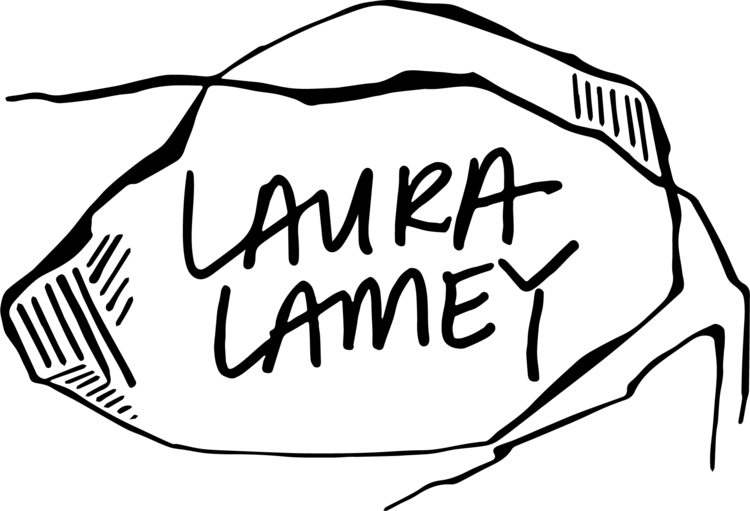BIO
Laura Lamey is a visual artist engaged in a thoughtful practice of reflection, recording and image-making. Her observations as a high school teacher have given insight into the meaningful influence we can have on one another. The interchange of thinking and mark-making is key to Lamey’s process which results in an expressive visual introspection.
The resurfacing of Lamey’s work comes after a sabbatical in 2018 to focus on her own visual arts practice. She has built a momentum that includes several group exhibitions, a creation grant from the New Brunswick Arts Board, and a recent solo exhibition at the Saint John Arts Centre.
Her background includes a BA in French literature and Philosophy from St. F. X. University, Visual Arts at Emily Carr University, a B.Ed from University of British Columbia, and 23 years teaching in Riverview, NB.
Lamey lives and explores the shoreline with her family in Grand-Barachois, NB
ARTIST STATEMENT
The recent focus of my work is landscape-inspired abstraction. The process involves an interactive relationship between drawing and thinking. The cathartic physical act of mark making allows me to think productively; the drawings become a record of an inner dialogue. It’s sometimes as though I am writing without words.
Although there is visually a connection to the landscape, ambiguity persists in recent paintings, as shapes and forms fight the call to be defined. As with abstraction, to comfortably welcome ambiguity in our lives, leaves us open to possibility and potential. Our human capacity for understanding and acceptance is greater when we are able to place value on things we cannot measure or define with data. When we actively resist labels and definitions, we leave room for growth and novelty.
The metaphors of shoreline erosion and resistance are fitting inspiration for my work. Along the coast, relevant themes abound: fluctuation, formation, disruption, decay, renewal. Much like the land under the influence of natural forces, we are subject to character formation through our own relationships and experiences. At times we are shaped, and at times we resist. Fissures and faults on the most rugged surfaces expose a vulnerability that introduces the potential for change.
Just as these fissures and faults allow the elements to transform the landscape, when we are vulnerable, we are open to the experience of being changed. The fiercest of conditions, the most difficult of life’s challenges, have the capacity to transform. We continually adjust, respond, and repurpose, adapting to changing circumstances.
However unsettling, the disruption shapes us.

